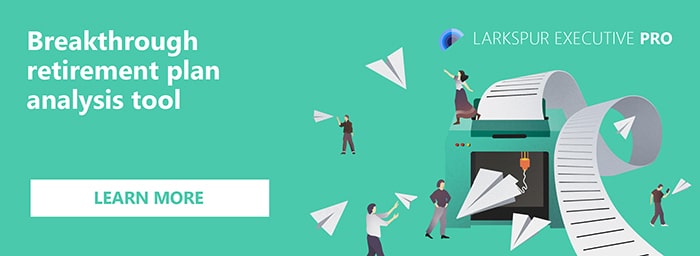
Even with the COVID 19 death toll on America, the concept that “life is too short” is evolving, for people reaching retirement age. This is thanks to various breakthroughs in public health, and safety infrastructure.
Of course, there are many risks to consider when it comes to financial planning for retirement, including long-term care risk, market risk, withdrawal rate risk, sequence of returns risk, mortality risk, inflation and deflation risks, regulatory risks, and fluctuating tax risk. Health risk factors, in particular, can change your life since they affect memory, mobility, and basic functions like vision and hearing.
A Chief Among All The Risks
The longer you live, the more these risks pile up, and the more money you’ll need to cover your bills. Because the risk of longevity is a risk multiplier, it is the most prevalent, especially for defined contribution plans. So, if you want your money to last as long as you do, you must do everything possible to reduce risk.
Minimizing risk is the safest method to enhance happiness in retirement (apart from eating healthy food).
Sure, you want to deal with each danger separately. That involves looking at life insurance policies with benefits that cover the risk of early death, or looking into market instruments to aid with inflation.
A Reliable Stream
Unfortunately, the majority of the assets in the average retiree’s portfolio — equities and bonds, mutual funds, money market accounts, real estate, gold, and commodities — do not provide income guarantees. What options provide a steady stream of income?
One source is Social Security. Pensions are another possibility, although they are becoming increasingly rare among public employees and the few remaining private-sector employees who have them.
As the future of Social Security and pensions, the outlook remains unclear, more pre-retirees and retirees are taking control and creating their own income streams, using another alternative to help mitigate their longevity risk – an annuity.
Follow us in Linkedin
There are several main types of annuities out there – fixed, indexed, variable, and income. Which one you choose is determined by your risk tolerance and where you are in your retirement savings journey.
For example, in lifetime income annuity (known as a single premium immediate annuity or SPIA) a risk holder pays a premium to an insurer and distributes both asset and liability risk. A deferred income annuity can be another good option to consider.
One of the financial lessons that parents should teach their children is to start saving for retirement as soon as possible.
When you start early and save over time, a little can become a lot.
Whenever you’re a financial advisor working with investment individuals, or a firm specializing in retirement plan business, RiXtrema has a plethora of tools to help you grow your practice! On https://rixtrema.com you will find all of the current line-up RiXtrema has to offer. We have redesigned the whole page in a single portal – Advisor TechMarket, with the full description for each tool. Navigate to the tool that suits you best and explore available options. Or simply go ahead and SCHEDULE YOUR PERSONAL DEMO with us, and we’ll walk you through RiXtrema tools in an online one-on-one call.




